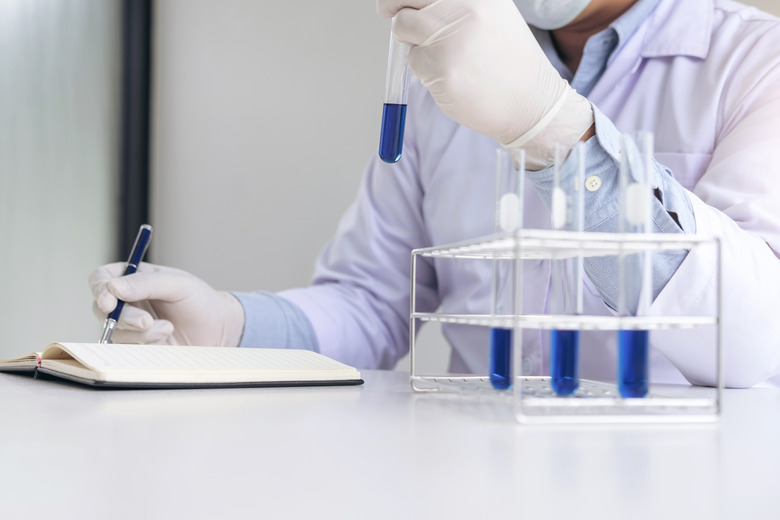How To Calculate Concentration In PPM
When you're working with solutions in chemistry, expressing the concentration of one component relative to the whole mixture is essential.
A lot of the time, you'll be able to use more "everyday" measures like percent to convey the strength of the mixture, but in other cases you'll need less common units like parts per million or PPM.
This is basically what it sounds like: The number of parts of the thing you're interested in for every 1 million parts of the solution. But it's important to know how to perform a basic PPM calculation if you're going to communicate with other scientists.
PPM Calculation Explained
PPM Calculation Explained
The key point about PPM is that it tells you how many "units" of substance A you have for every million units of the whole solution or mixture. In contrast, a percentage tells you how much of something you have "per hundred," and so it's a very similar measure to PPM. In the same way you might say you have a 7 percent solution, you might say that you have a 36 PPM solution.
The most important thing to keep in mind when performing a PPM calculation is that the units you choose for the solution and the units for the substance you're interested in have to be the same. You can't use a mass of the solute and a volume for the whole solution, for instance, you have to use mass and mass or volume and volume to get a sensible result.
PPM in Easy Cases
PPM in Easy Cases
There are a couple of situations where a PPM calculation is very easy to do. One of these is the conversion from a percentage value to a PPM value because 1 PPM is just 10,000 times bigger than one percent. To perform the conversion, then, simply multiply the value in percent by 10,000 or 104. For example, if you have a 0.02 percent solution, this is equivalent to 0.02 × 104 = 200 PPM, which is a much more convenient figure to use than a tiny percentage.
Another easy example is a rare case when you can easily mix masses and volumes and convert to PPM. Since 1 liter of water has a mass of 1 kg, any concentration expressed in mg/L is already in PPM because it's equivalent to mg/kg. So if you have a mixture of 132 mg/L, then it's 132 PPM, and you can even perform simple conversions from things like g/L to PPM by using this fact (just convert the mass to mg and you're done).
General Formula for PPM
General Formula for PPM
In general, though, you can always calculate PPM using one approach and a simple formula. The first thing you need to do is get a measurement of the amount of solute or substance you're interested in, then get the same type of measurement for the whole solution, e.g. you want a volume of your solute and a volume of your solution, or a mass of both. Then you can use the following formula to find the concentration:
\(\text{Concentration in PPM} = \frac{\text{Amount of solute}}{\text{Amount of whole solution}} × 10^6\)
You can break it down into a two-step process if that helps: First, divide the amount of the solute by the amount of the whole solution to get a "parts per 1" measurement for the concentration.
From this point, you're simply multiplying by 1,000,000 to change it into a PPM measurement, or alternatively (if it's better suited to the concentration you're working with) you could multiply by 100 to turn it into a percentage, or 1,000,000,000 to turn it into a parts per billion (PPB) value. Just remember that you need to keep the same units, and the process is simple.
Cite This Article
MLA
Johnson, Lee. "How To Calculate Concentration In PPM" sciencing.com, https://www.sciencing.com/calculate-concentration-ppm-6935286/. 9 March 2020.
APA
Johnson, Lee. (2020, March 9). How To Calculate Concentration In PPM. sciencing.com. Retrieved from https://www.sciencing.com/calculate-concentration-ppm-6935286/
Chicago
Johnson, Lee. How To Calculate Concentration In PPM last modified March 24, 2022. https://www.sciencing.com/calculate-concentration-ppm-6935286/
